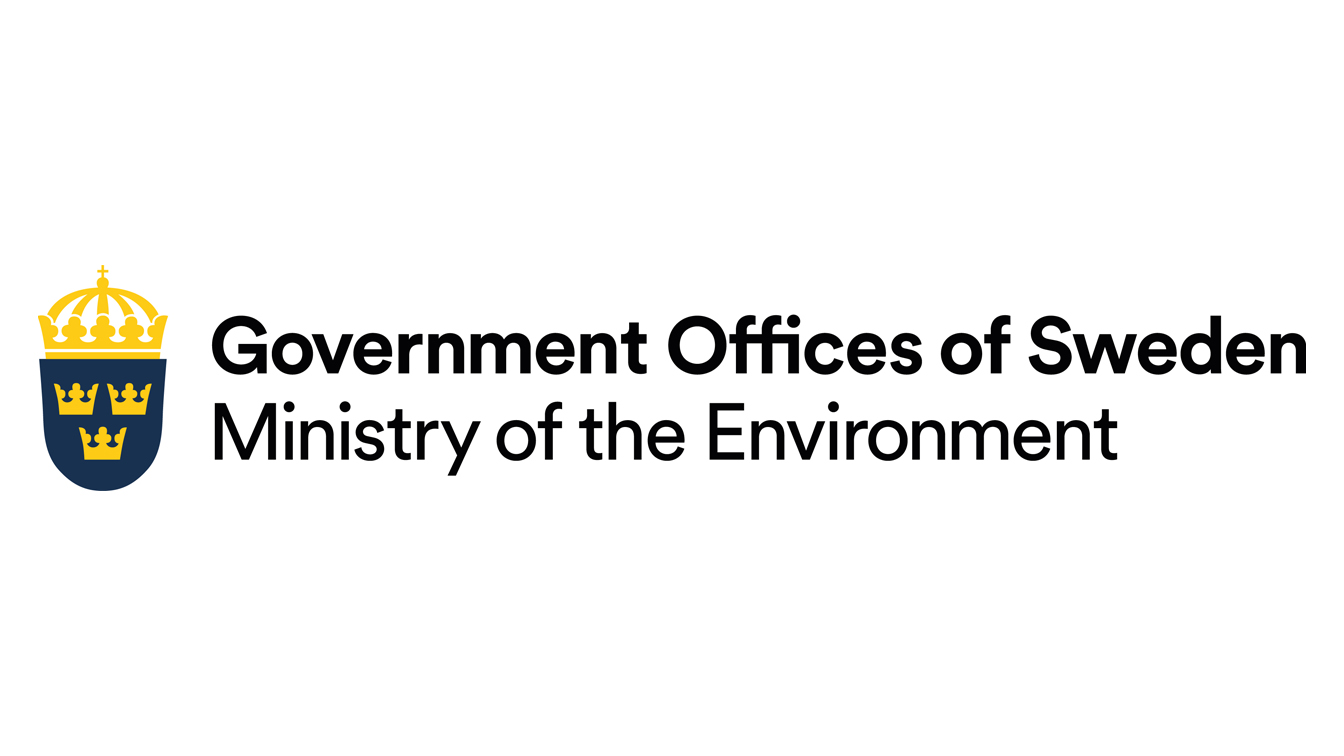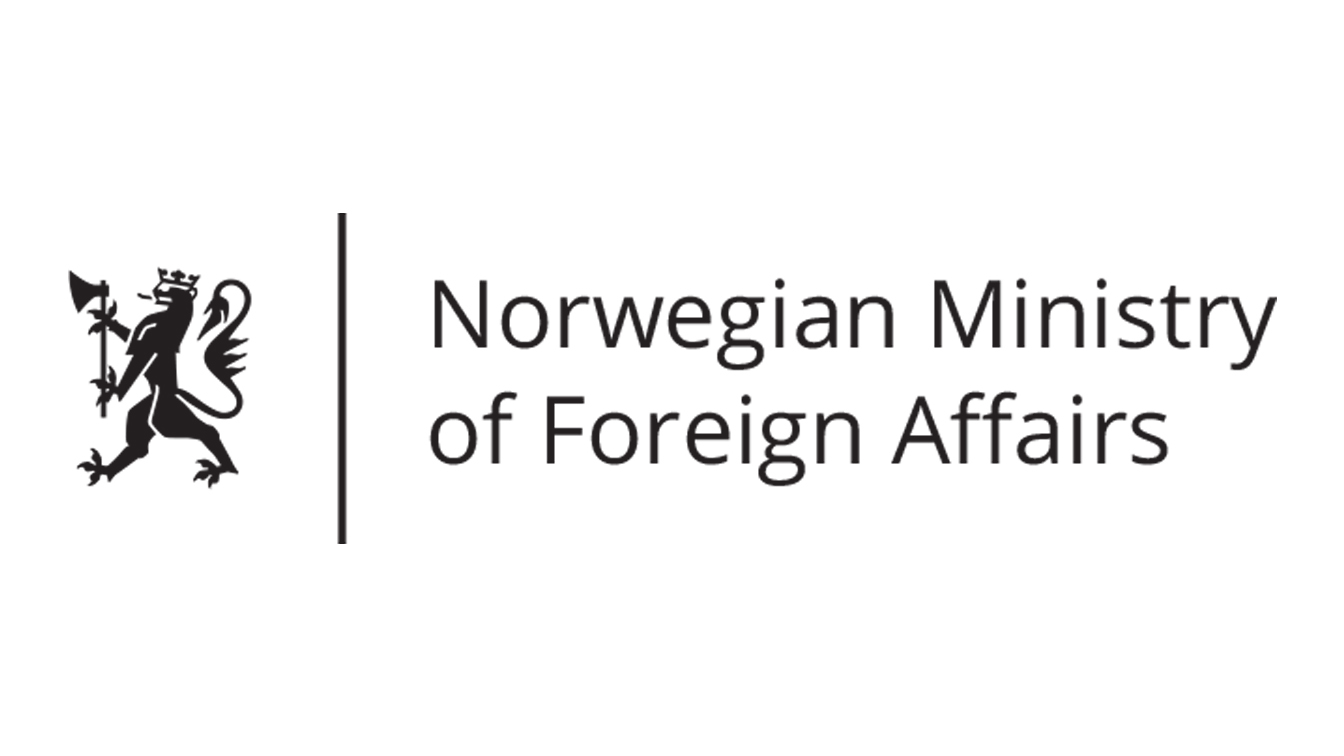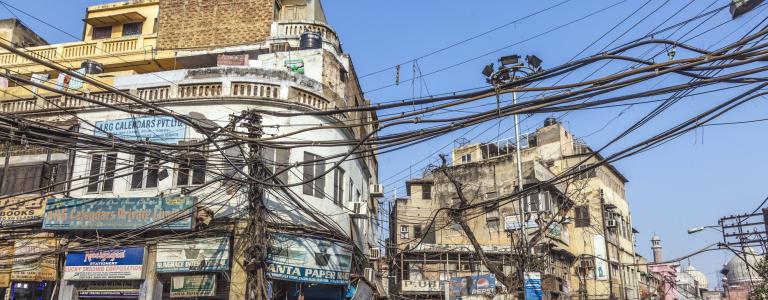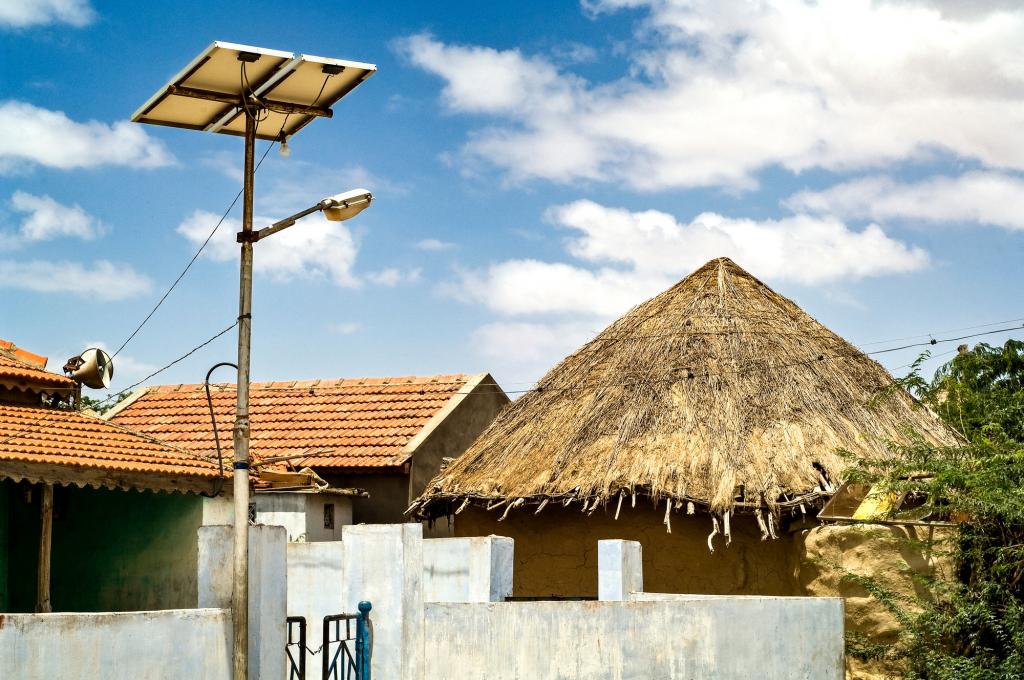This International Institute for Sustainable Development (IISD) & Council on Energy, Environment and Water (CEEW) three-part commentary series takes a deep dive into how India’s energy sector is coping with the impacts of COVID-19 and what this means for the sustainable energy transition. We explore three key themes.
This workstream is linked to global efforts to track government support for fossil fuels and renewables in light of COVID-19, as reported in the Energy Policy Tracker launched in July 2020 by IISD in partnership with 13 other organizations.
Part 2 – Environmental Sustainability: Tracking COVID-19 support for fossil fuels and renewables in India
Government responses to the pandemic have raised serious concerns about the global prospects for a transition from fossil fuels to cleaner sources of energy. These concerns are not unfounded: energypolicytracker.org shows that G20 governments have pledged USD 169 billion to fossil fuels during the COVID-19 crisis and only USD 138 billion to clean energy (as of August 14, 2020). India specifically has seen a concerted effort to decrease dependence on imported coal by easing business for domestic coal.
IISD and CEEW organized a webinar session on July 27 to dissect some of these emerging trends in the Indian power sector. This commentary synthesizes highlights from IISD’s tracking efforts and the webinar. A recording of the webinar is available here, and full details on the session, including presentations, are available at the end of the commentary.
How has India’s support for energy been split between fossil fuels and clean energy since COVID-19 began?
Energypolicytracker.org shows that government commitments to clean energy have been trailing those made to fossil fuel sources globally. A shining example in the other direction has been France, with almost five times as much support for clean energy (USD 33.7 billion) over unconditional fossil fuels (as per an update available on July 29, 2020), directed largely toward energy efficiency in buildings, transportation, and clean energy.
In India, the largest quantifiable stimulus package is a set of loans for electricity distribution companies, which is focused on helping them pay off their debts to power generators. As explained in detail in the first part of this commentary series, this measure benefits thermal power producers, among whom the largest amount of unpaid dues have accumulated. While some form of intervention was clearly necessary in order to keep the electricity sector financially buoyant, the policy does not attempt to distinguish between sustaining generators that are needed to service core electricity demand and generators that are scheduled for early retirement or may be a form of overcapacity.
India has also signalled strong support to its domestic coal mining and production industry to help reduce import dependence. In recent months, a number of measures have been announced that will permit the commercial mining of coal and hasten new mining and coal production. A significant portion of them is directed at loosening existing environmental safeguards and the vetting processes that are intended to verify the experience of bidders for mining projects. Most of these measures could not be quantified, but commitments to invest in coal transportation infrastructure are, alone, worth over USD 6 billion.
At the time of writing, many fewer commitments have been identified for clean energy. From the central government, this includes two main policies: a provision to allow solar power to be bundled with thermal power, thereby helping intermittent renewables scale up without endangering the grid; and a scheme to green the Indian Railways through efficiency and clean energy measures. At a state level, further measures have been identified in Andhra Pradesh, which introduced a policy to provide free solar power for farmers and a policy to facilitate the leasing of land for renewable energy export. Targeting one of its biggest challenges—air pollution—the Delhi government has introduced the Delhi electric vehicles policy, with large incentives across the various categories of vehicles. Of all these measures, the financial value of only one has been estimated: free solar power for farmers in Andhra Pradesh, at USD 1.2 billion.
Nonetheless, at both the national and international levels, the clean energy sector has witnessed a record-breaking fall in solar tariffs in the past few weeks. Further, it is worth noting that the government has not backed down on maintaining a “must-run” status for renewables, which has left renewable energy developers the least affected by falling electricity demand. Does this imply that we have reason enough to be optimistic about the clean energy transition in India?
What stimulus does the clean energy sector in India need?
CEEW’s Centre for Energy Finance analysis shows that clean energy investment trends remain largely on track, despite the pandemic. This is, in large part, attributable to the policy measures that the government had in place over the last decade to ensure that the entire sector supports the integration of clean power. The responses during and after COVID-19 will be pivotal for maintaining a clear signal that India is backing its clean energy targets. This is particularly important in the light of recent IISD-CEEW analysis showing that renewable energy subsidies fell more than 35% from financial year 2017 to 2019.
With regard to support to the clean energy sector, there is a stark need for the government to reconsider its focus, taking into account changing geopolitical dynamics, the national focus on self-sufficiency, and widespread economic uncertainty. This includes:
- A clearer strategy on manufacturing: Supply chain disruptions have significantly affected renewable projects under construction, reviving the government’s Make in India plans for the solar manufacturing industry. But previous efforts to boost domestic manufacturing have been reactionary, not serving to efficiently achieve the intended objective. An improved and comprehensive green industrial policy on manufacturing—with interventions targeted at specific identified problems—will be essential to deliver on this ambition. There will be increasing pressure to show that government policies are promoting economic recovery and job creation. Recent CEEW analysis estimates that 10 GW of additional integrated cell and module manufacturing could create 26,000 jobs.
- Avoiding mixed signals: Recognizing that these are times of diminishing capital, the government should avoid signalling policy support for coal investments that are non-viable, ensuring that investors back the right horse.
- Innovation: Innovative financial instruments like green bonds and newer business models can help keep investors interested, and the sector needs these now more than ever before.
- Supporting investments to enable variable renewable energy demand: A recent study by The Energy and Resources Institute (TERI) on India’s targeted levels of renewable power by 2030 (450 GW, as announced by Prime Minister Modi at the Climate Action Summit in 2019) suggests that power system flexibility to deal with the variability of supply will be the biggest challenge for integration of large volumes of renewable energy. Existing measures on strengthening transmission and developing battery storage need to be supplemented with mechanisms to enhance the flexibility of coal and hydropower.
Is the global fall in electricity demand likely to impact India’s power needs?
As of late July 2020, power demand has recovered and reached the same peak levels seen in July 2019—up from the 25% decline in demand in April and the 10% decline in June. However, experts predict that the true impact on demand is likely to be seen toward the end of the year. At this time, moratoria on loan payments will lift and defaults on payments may occur, reducing economic activity and associated power demand. It is also important to note that data on electricity generation doesn’t include all sources—in particular, it is missing “captive” power, such as when an industry has its own privately owned generation capacity—so it will be hard to have a full picture on recovery in the electricity sector until complete statistics are available.
A recent TERI study predicts that the COVID shock will result in a persistent downward revision to expected growth in Indian GDP for the medium term and, by implication, a persistent downward revision in electricity demand. Even before COVID, demand modelling indicated that additional investment in thermal power plants would be unnecessary, and the 2021 budget had already set out plans to retire some of the oldest, most polluting plants. Now, with the fall in demand forecast owing to COVID-19, there are growing calls to phase out a share of thermal power plants to make space for green power.
Who must pay for the phase-out of thermal power plants?
While some of the recently announced pro-mining and thermal power policies may be seen as a necessary response to changing global geopolitical dynamics and trade owing to COVID-19, it also raises concern about a divergent mindset on the clean energy transition. Other G20 countries have mostly held back on passing policies on coal during this time—apart from China, South Africa, Australia, and Canada. On the other hand, most G20 countries, including India, have passed several policies to navigate their economies through the fall in global oil prices.
A forthcoming CEEW study of the efficiency of existing coal power plants has identified that many of the older plants are more inefficient, but the delivered coal cost for these plants is lower, making them competitive financially. However, by phasing out these inefficient plants, India could see significant annual cost savings, which could then be used to fund the costs associated with phase-outs. This could be by way of paying for the debt service obligations or other costs they are likely to continue incurring, even in the event the plants are retired.
Where does that leave a “just transition”?
Energy transitions are ultimately about people: the ones who make the decisions and the ones affected by those decisions. Politicians care about jobs and political support for climate policies; particularly in fossil fuel-producing countries, action is often influenced by the impact of climate policies on fossil fuel jobs. A “just transition” ensures that decision-makers consider the affected fossil fuel workers and their communities through a process based on tripartite and social dialogue. The agenda must be shared by workers, industry, and governments, then negotiated and implemented in their geographical, political, cultural and social contexts. The Paris Agreement on climate change includes just transition as a key principle.
For India specifically, while the coal industry has negative impacts on the environment and people’s health, in its 50 years of existence, it has become a significant source of government revenues in at least six states for jobs (direct, indirect, induced, and informal) and public services (in the form of schools, hospitals, and other institutions paid for by coal companies’ corporate social responsibility funds). It also promotes local industry in the many districts where coal mining and power plants are located. While estimates of jobs from renewable energy are promising, there will be no one-size-fits-all solution for the entire communities that are directly or indirectly dependent on the coal sector. A University of British Colombia analysis shows that, while adequate solar resources are available in coal mining areas to install solar power plants, to transition coal miners, huge solar capacity is required in each coal mining area. On the other hand, suitable wind resources have little overlap with Indian coal mining areas. If the impact of COVID-19 does open up new conversations on the early retirement of coal power capacity, then now is also an excellent time to start talking about just transition needs over the next decades.
Such conversations should be beginning early and, from a granular perspective at the district-level, shedding light on their specific risks and appropriate resilience measures. Such plans are crucial to ensure that energy transition in India is firmly on a pathway to prioritizing equity and welfare in a post-COVID world. Global experience (be they in the United States or the European Union) shows that, wherever coal industries are declining, just transition policies have taken centre stage in climate debates. The time is ripe for India to start engaging with just transition ideas on a broader scale.
For all these needs, what might India find most interesting from other countries’ experiences?
IISD has developed a list of seven principles that should be attached to COVID-19 recovery measures to ensure a recovery aligned with climate goals for Canada. While India has several other competing priorities that may take precedence, a resilient and comprehensive economic recovery package cannot afford to leave energy transition and climate goals behind either. Despite the impacts of the pandemic, countries such as Germany have remained committed to just transition policies by phasing out coal power by 2038 and allocating resources to the economic transformation of coal regions to compensate coal plant operators. Significant budget dollars have also been allocated to compensating lignite power generators for these planned shutdowns. Regions such as the United Kingdom have shown unambiguous support for clean energy, with the majority of the focus being on energy efficiency and achieving carbon neutrality. Several scattered but commendable measures have also been announced in the United Kingdom to support innovation in emissions reduction, and early-stage green businesses. During this time, many emerging economies are yet to announce major policies on energy that involve significant fiscal expenditure. India’s commitment and leadership in the climate and environment sphere are needed now more than ever to influence countries’ actions in response to the impacts of COVID-19.
Can I access the presentations that were made during the webinar on this theme?
The session was moderated by Christopher Beaton, Lead, Sustainable Energy Consumption in IISD’s Energy Program, and hosted five panellists, who presented on the following themes (presentations are available for download at the embedded links below):
- Anjali Viswamohanan, Consultant, IISD – Global Stimuli on RE v. Fossil Fuels during COVID-19
- Thomas Spencer, Fellow, TERI – Assessing COVID-19 Impacts and the Stimulus Needs for India’s Power Sector, drawing on TERI’s new reports Renewable Power Pathways: Modelling the Integration of Wind and Solar in India by 2030 and Bending the Curve: 2025 forecasts for electricity demand by sector and state in the light of the COVID-19 epidemic
- Karthik Ganesan, Research Fellow, CEEW – Opportunities for Reining in Coal Dependence in the Power Sector
- Kanika Chawla, Director, CEEW – What Does the Pandemic Mean for India’s Clean Energy Ambitions?
- Sandeep Pai, PhD Candidate, University of British Columbia – Just Transitions in Coal Communities




